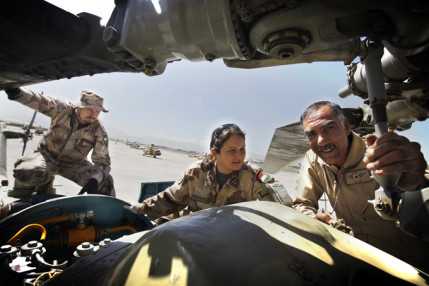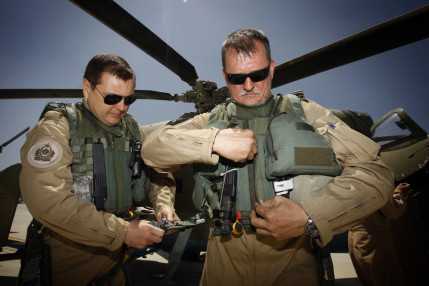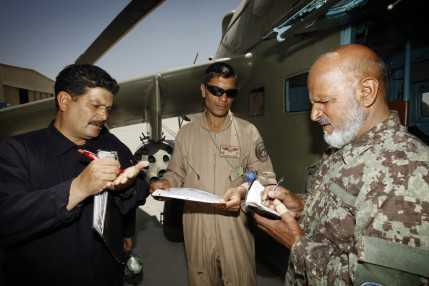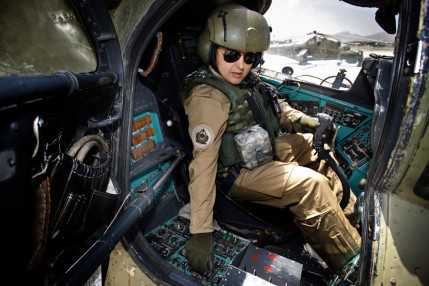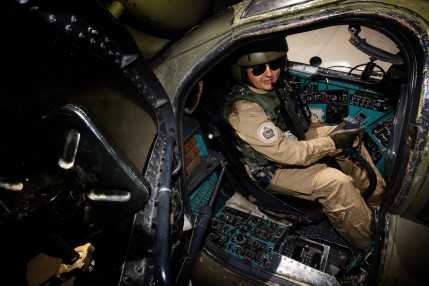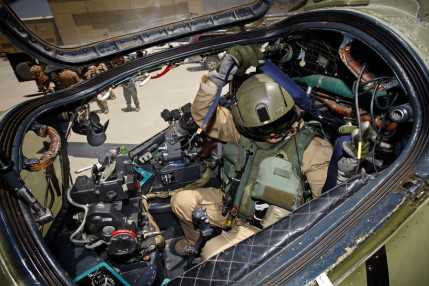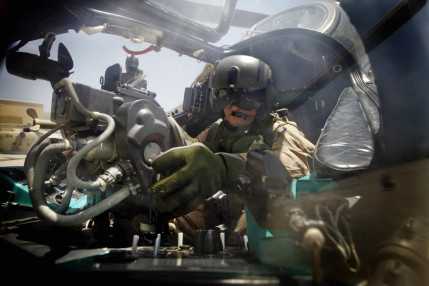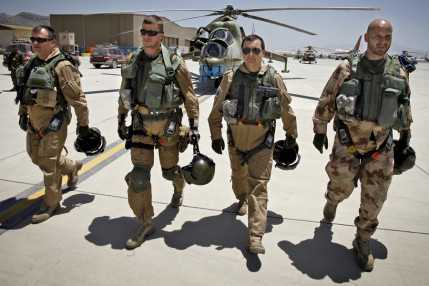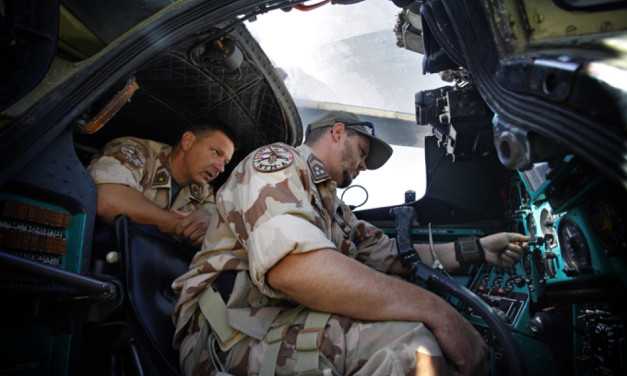Rotation at 03:00 PM – Reporting from Afghanistan
Szöveg: Balázs Trautmann | 2012. június 10. 6:03In the afternoon of May 28 at 03:00 pm the seventh rotation of the HDF Mi-35 Air Mentor Team (HDF AMT-7) officially took over the positions and tasks from the sixth rotation. They will not have an easy job in that really hot and dusty Afghan summer.
Galéria
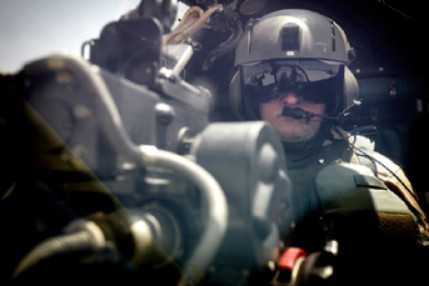
The work has been meaningful, and fortunately the commander of the sixth rotation also experienced this first-hand. The present one has not been his first mission in Kabul, as he had served here between August 2010 and January 2011. Compared with those times, a lot of progress has been made since, because the Afghans have now started using the NAVAID avionics too. True, the Hungarians have been able to benefit from the lessons learned here and to develop professionally.
The helicopter pilots of the Hungarian Defence Forces have not previously been in such a lucky situation. The AMT crews fly above the areas of operations with a type of attack helicopter they use back at home in Szolnok. This means a very big professional advance for every airman who works here. Flying above the lands of Afghanistan cannot be easily compared with flying above those of Hungary. In fact, the two are incommensurable as everything is different from the atmospheric conditions to the altitude to the temperature.

The pilots will increase the number of high-altitude flights, because Kabul lies at an elevation of 1800 meters, and the tall mountains are characteristic of the whole country. The Afghan and Hungarian aircrews need to learn how to fly safely in environments like these too.
The airmen of the seventh rotation are receiving a lot of new information. The aircraft maintenance technicians are cooperating with the aircrews to be able to go further in the direction set by the previous six rotations of the AMT that has been working here for two years. They have to fly above less familiar terrain at high altitudes and temperatures among the mountains. The way the engines and the helicopters work here is completely different, a lesson they have learnt during the first start-up of the engines. They will have something to learn from the Afghan partners too, as one of them has been flying combat sorties for 28 years, so he has nearly 8,000 flight hours flown in various conflicts. Yet this battlewise Afghan pilot says that the Hungarian mentors have shared with him a lot of knowledge, and he is keen to receive new pieces of information from them in the next few months.
Photo: Veronika Dévényi
Click on our gallery for more pictures!

